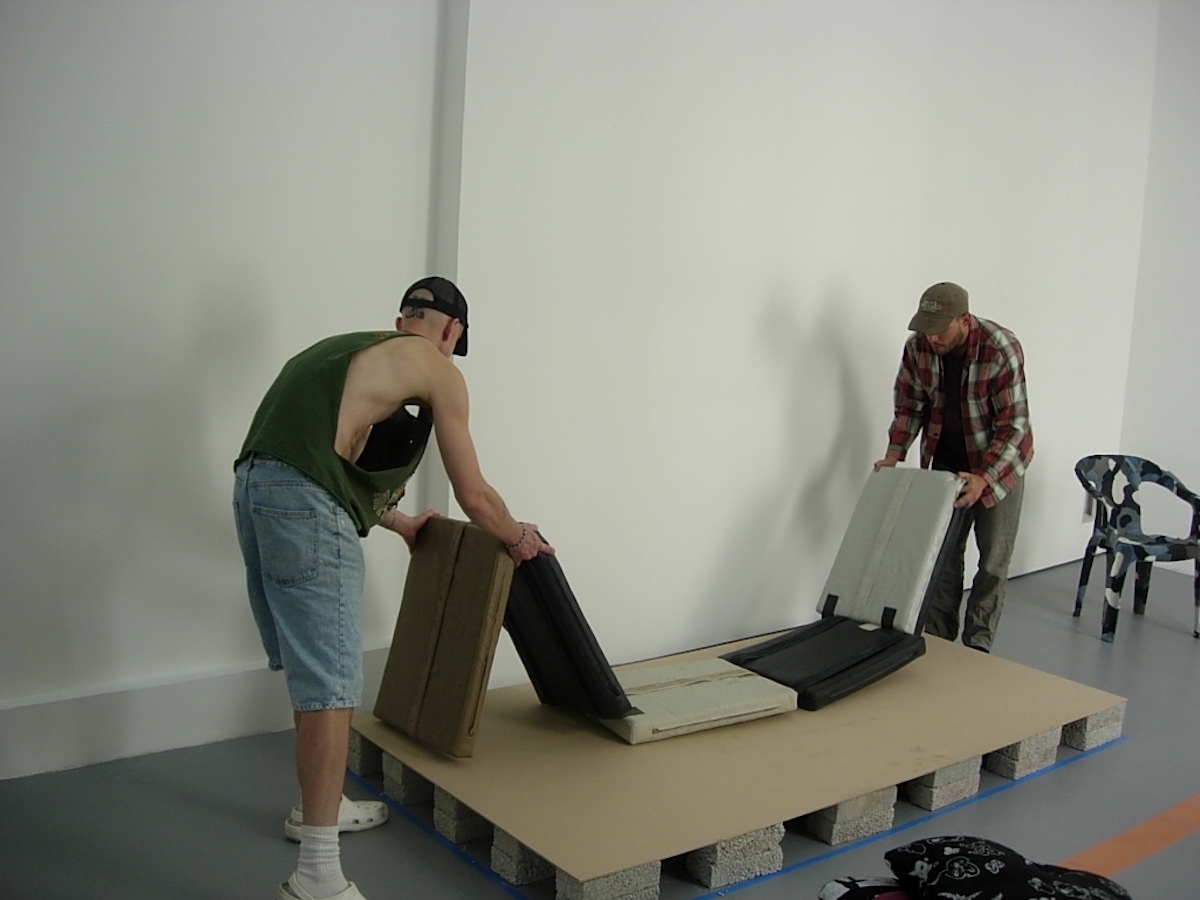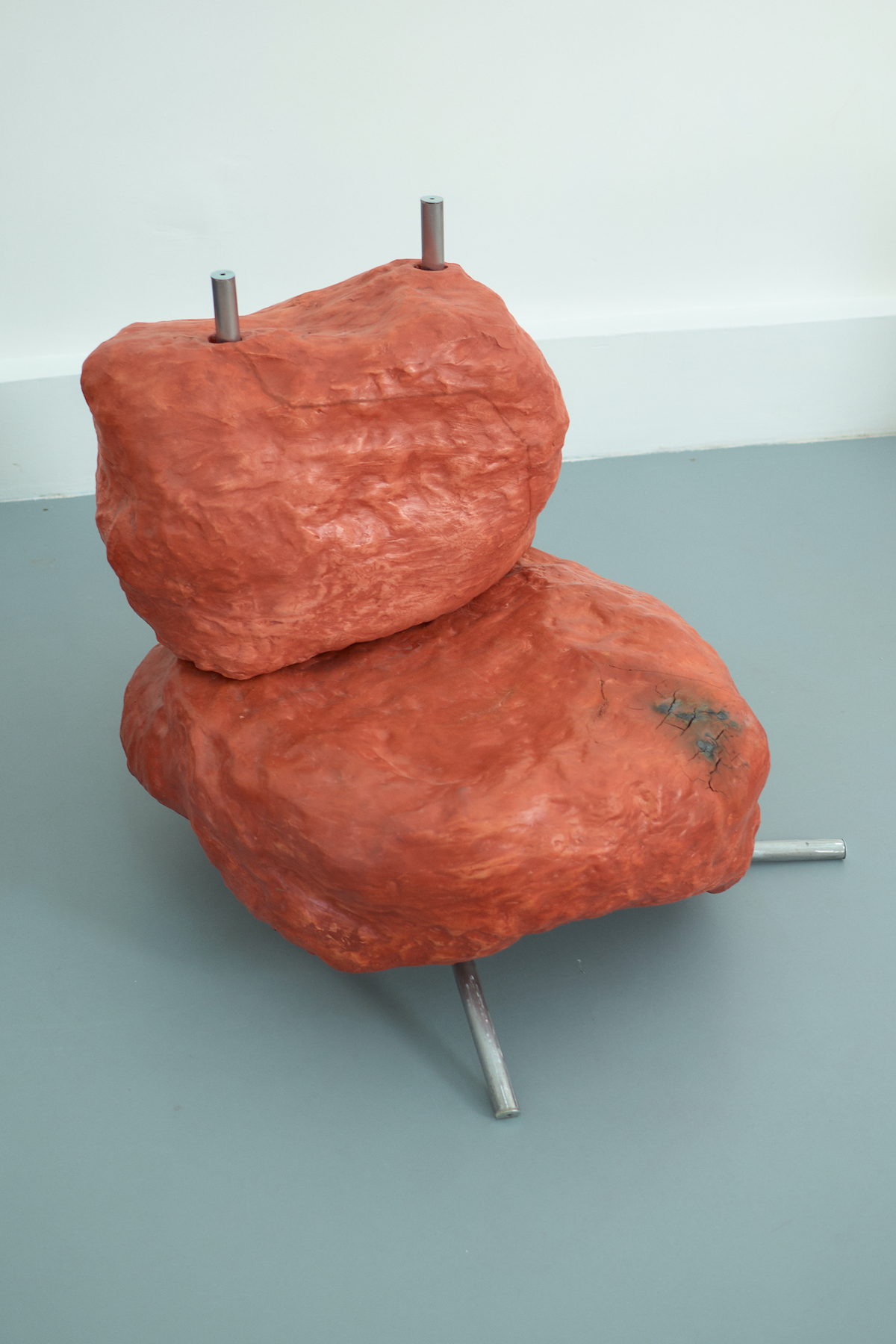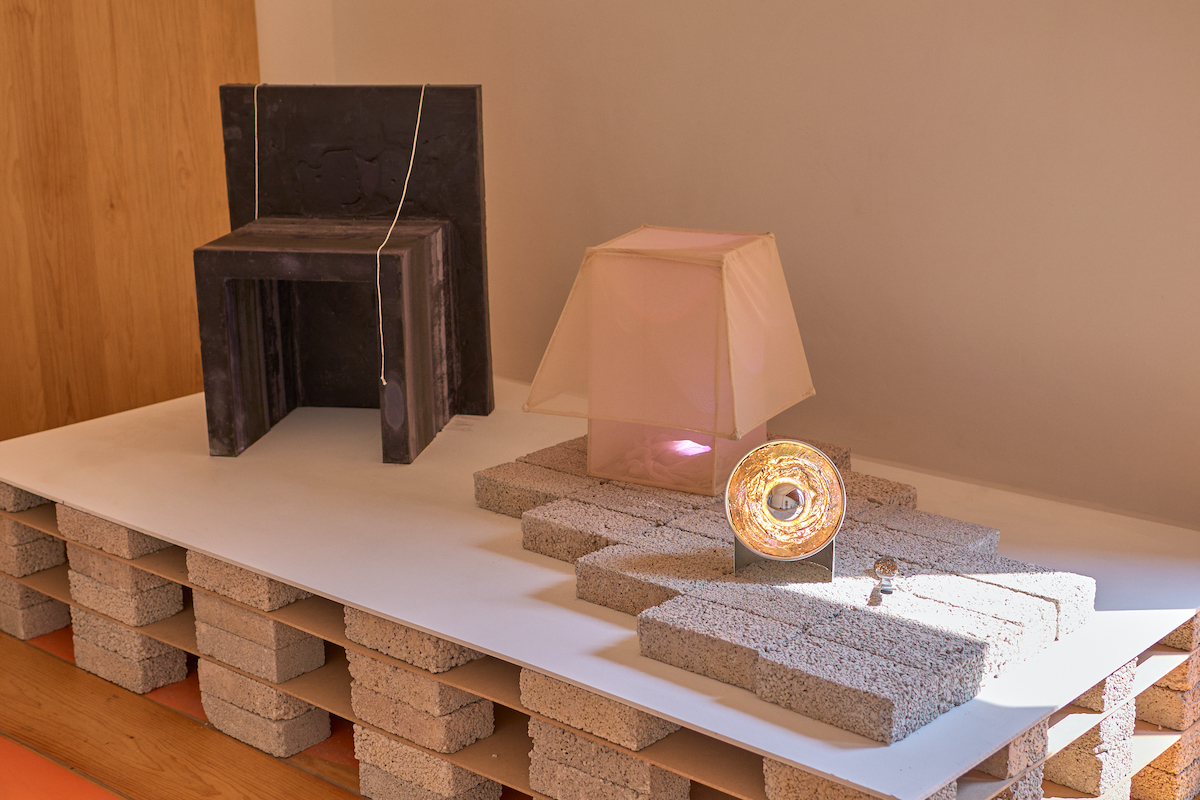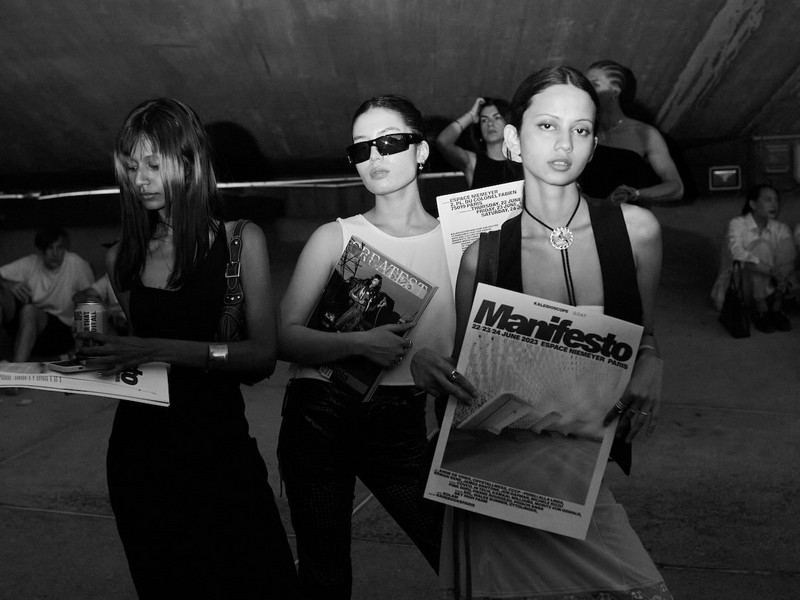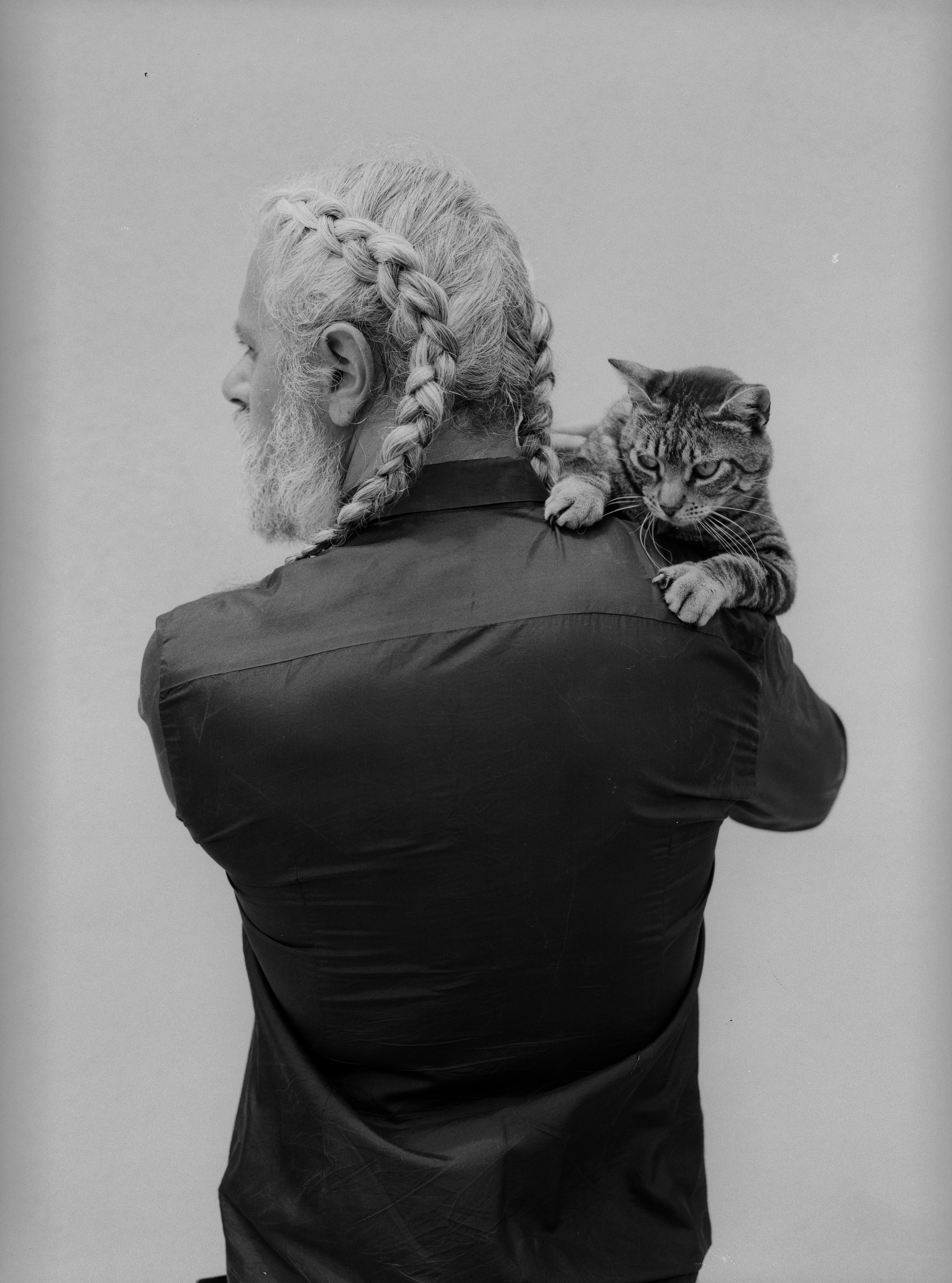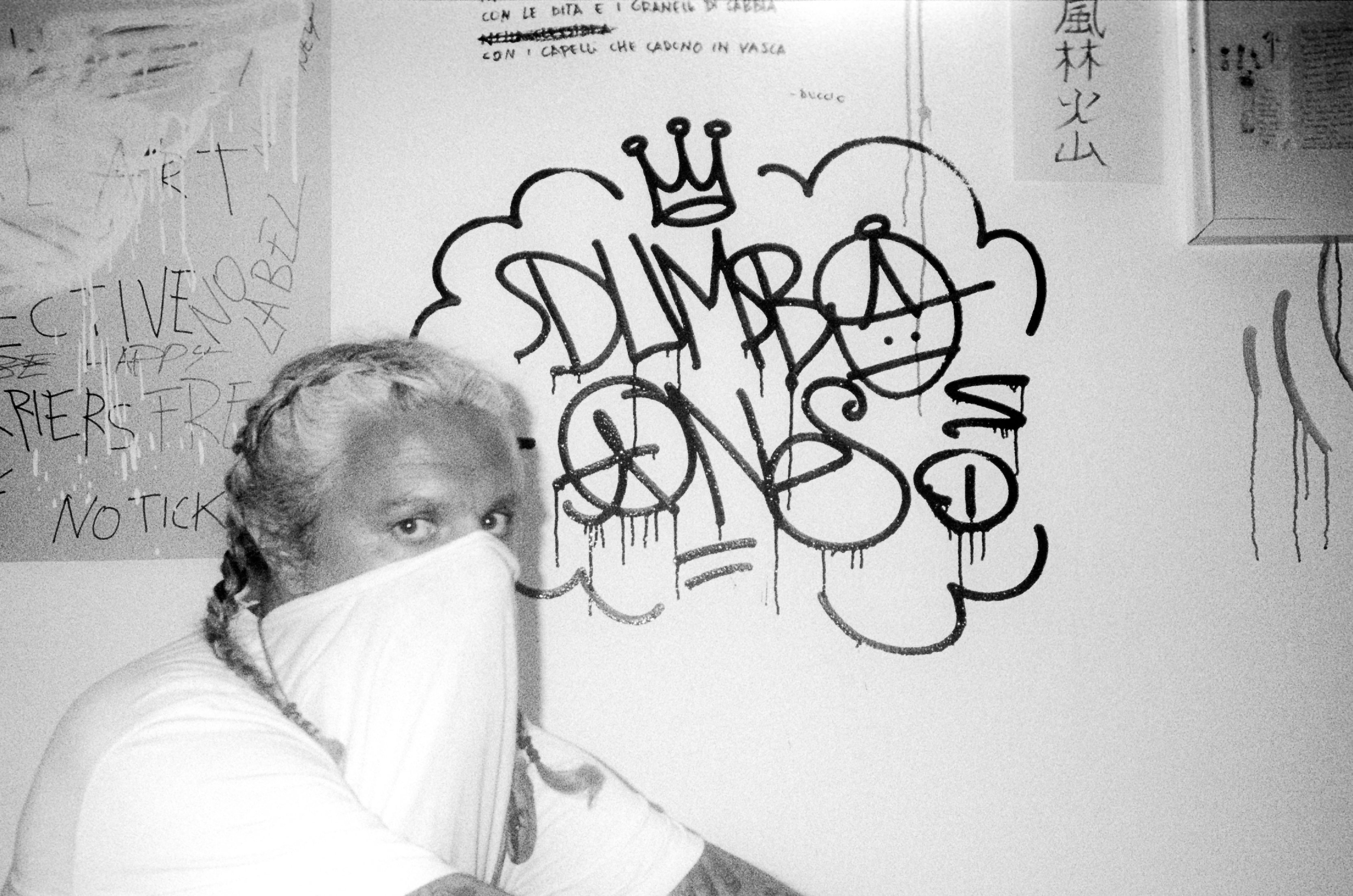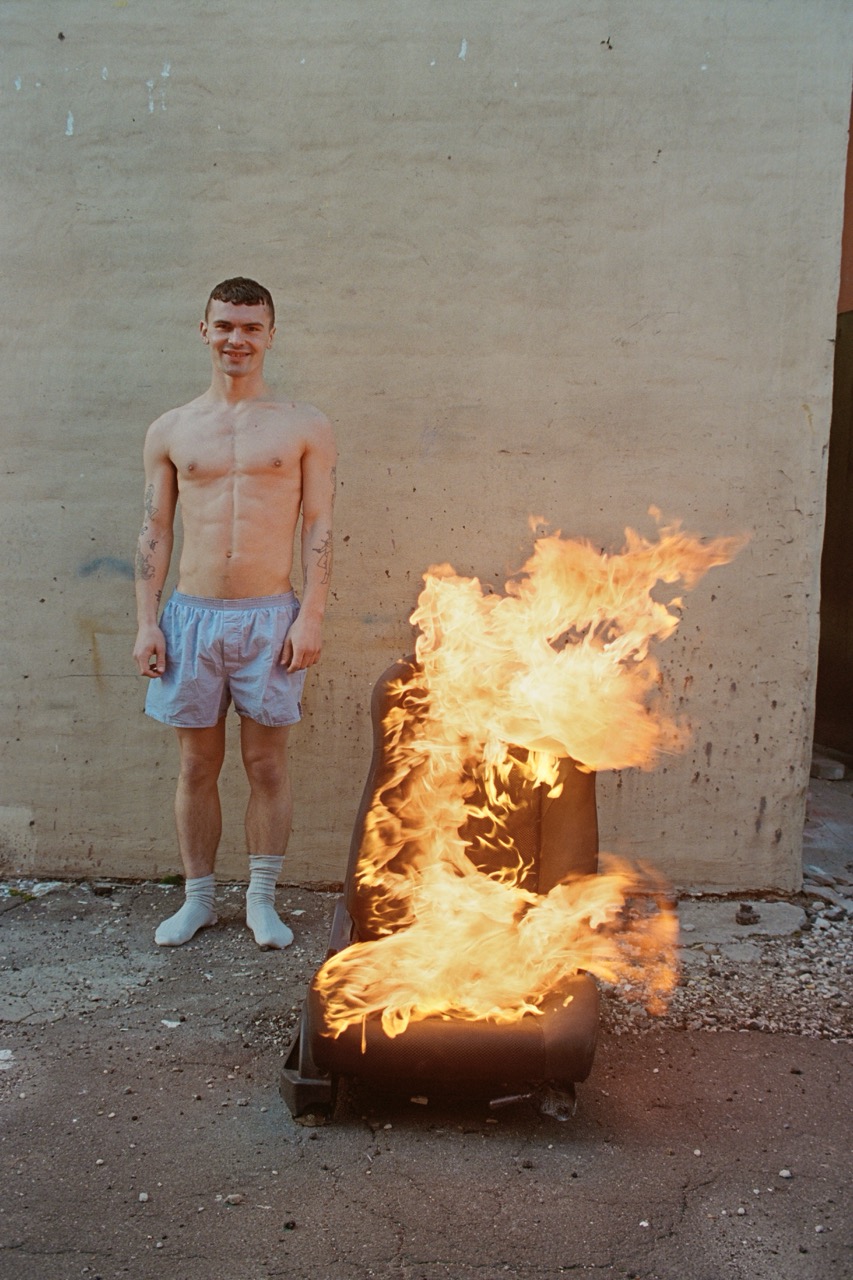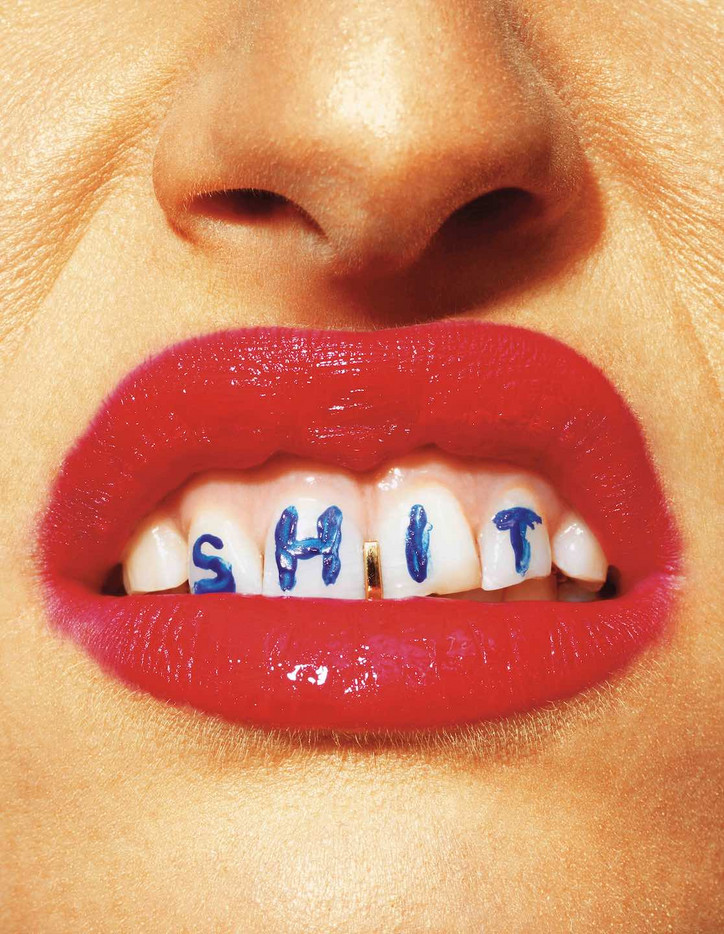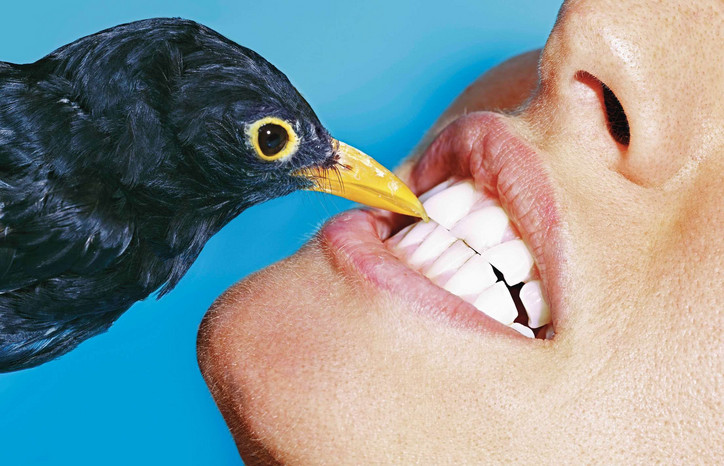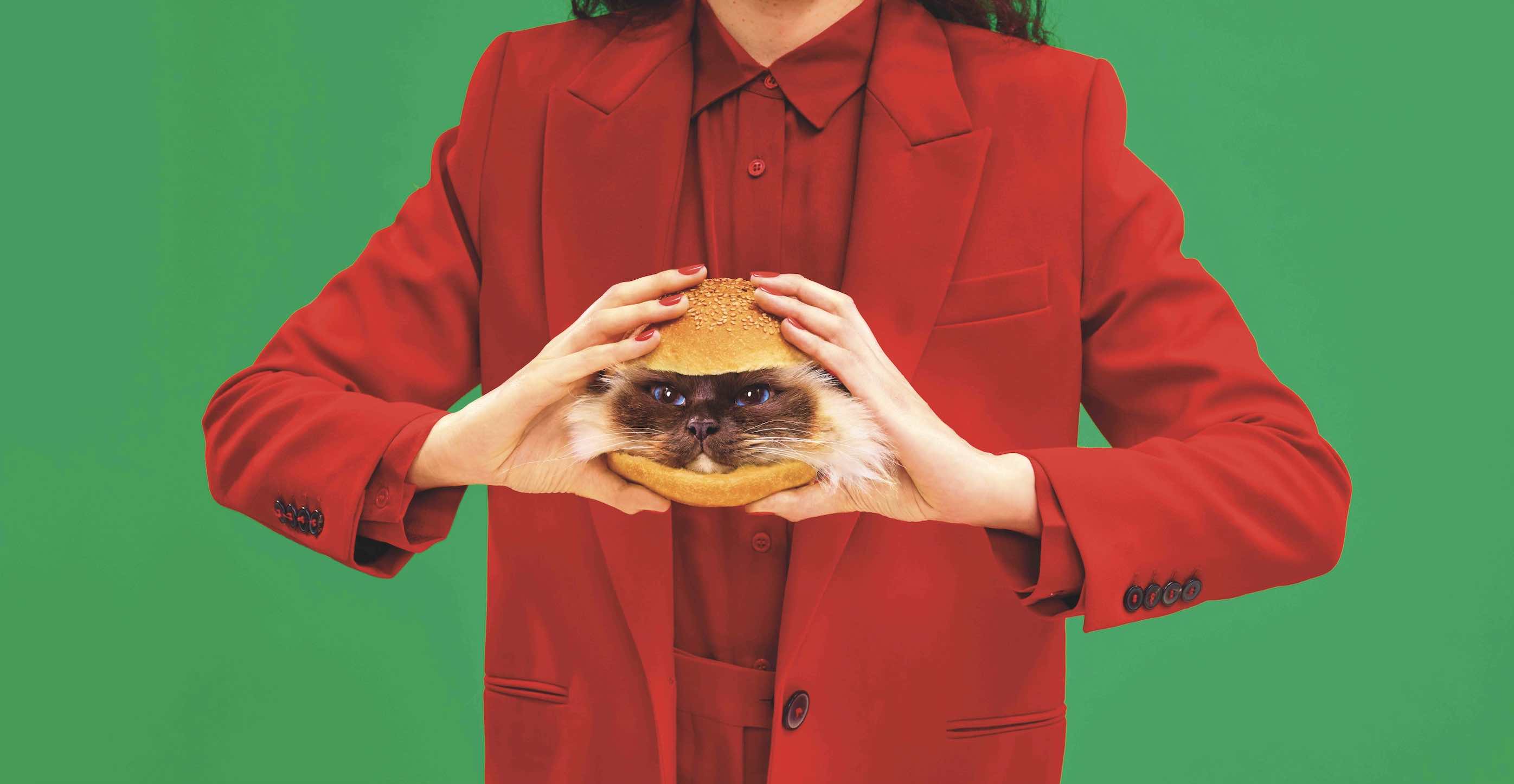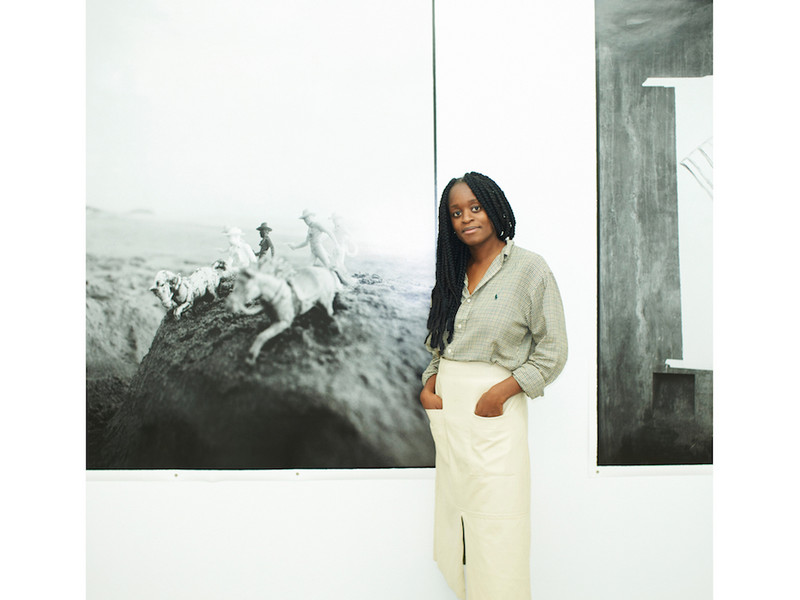Pink Essay: Physical Education III
Now, Pink Essay is taking its mission global with Educación Física (Physical Education III), held on March 25 at FÁBRICA in Mexico City. The international iteration brings together an eclectic mix of designers, artists, and interdisciplinary creatives, offering a rich snapshot of CDMX’s thriving creative landscape.
Ahead of the opening, David and Matt sat down with Office to reflect on Pink Essay’s journey, the significance of bringing “Physical Education” to an international audience, and what’s on the horizon for the duo this year.
First of all, it’s major that you’re curating your third "Physical Education" show. Are you both excited?
David Eardley— Yes! It’s amazing seeing how the exhibitions and “Physical Education” concept has developed and evolved since the first show that Matt directed back in 2021.
Now we’re a bit more geographically separated. With Matt in New York full-time and me in both CDMX and New York frequently, we’ve been able to expand our physical reach. Matt has been coming up with some great ideas that speak to the New York community, while I’ve been focusing more on our international relationships and communities.
How did the “Phys Ed” concept even come to be? What was your vision for it?
DE— We defined Pink Essay as “a creative studio and platform celebrating radical design subculture.” Education has always been a big part of our exploration of design, as we both come from autodidactic backgrounds. I used to teach design thinking at an elementary school in Brooklyn and, even though I don’t teach full-time anymore, it’s still important to me that we built spaces for learning that foster a passion for design.
Matt Pecina— So much of what we do, I feel, is turning these pre-existing worlds on their head, flipping the script, taking something solid and seeing it from a different point of view. Phys Ed. came about very much in the same way. It's quite simply a play on words, a play on the concept of physical education. In the literal sense when we design we are learning physically, we are working in the physical space, so much of building and fabricating is our bodies interacting with objects and there is this give and gain that we like to see in the work we show.
I know for me I think a lot about high school ‘P.E.’ class and this idea of a huge group of kids all in the same gymnasium, not in competition with one another, but in practice with one another. Phys Ed. continues to be just a fun concept to explore.
How has it evolved since the start?
MP— Well like most of my ideas, it actually started when we were all brainstorming ideas for a t-shirt graphic. David made the first connection between PE (pink essay) and P.E. (phys ed.).
The first Phys Ed. show was 10 artists in my small storefront studio in LES, and since, it has mainly evolved with growth, and expansion. This Mexico City Show is testament to that.
It’s also your first show in Mexico City, right? What’s it like being part of and cultivating a community there?
DE— Our first Pink Essay show, yes! I independently curated an interdisciplinary exhibition that fell more under the “material arts” in February of last year, with a fantastic progressive art space called avant.dev. Some of the artists featured in that show are in this one as well!
I think that with any place that you get to know, there is a certain level of watching-and-learning that is involved. The past year and half, I’ve been focused on getting to know the design/furniture-adjacent communities here, forging relationships, taking intensive Spanish classes (shoutout to my profe), and visiting dozens of spaces to better understand CDMX’s relationship to furniture and the climates of the art and design communities here.
It’s an incredible city with a rich history of design that dates back to the 1300s, when the Aztec people founded Tenochtitlan, and it will be many more years before I feel like I even have a decent grasp on understanding the city’s identity, but building relationships and learning from the established design community here has been the first step in that process.
It’s also integral to our work to understand Mexico’s relationship with the international design community, and I’m grateful for the many conversations I’ve had with people here with far more experience than me. There is so much to learn and I’m so excited to be engaging in that.
So much of what Pink Essay does is online, but I also love how much care goes into the exhibitions you put on. What part do these in-person activations play in the broader goal of democratizing design culture?
DE— One of my favorite pieces of feedback I’ve ever heard from a member of our “designhead” community is that one of our exhibition openings was the first time that they had felt welcome in a design exhibition. I want Pink Essay shows to be places that people feel safe to explore their love for furniture design – to be able to dialogue about it without fear of being made to feel excluded or unwelcome by the aura of exclusivity and over-the-top luxury that can often characterize design spaces.
MP— I would go as far as to say that it’s the offline in-person activations that truly do the real good work. It's like any revolution: all theory til you take it to the streets.
Your most recent exhibition Wear Your Chair seemed like a great success, and I hope to see more of that series, but I’m curious to know what we can expect to see with Phys Ed this time around.
DE— For the first Physical Education show Physical Education: Parallax 101, Matt took the lead curatorially. For Phys Ed II, we worked as a team along with our previous collaborator, Anna Theroux Ling, who recently founded her own creative project, MARUCHI. This time, I curated the exhibition solo, with support from the creative community in CDMX – I know nearly all of the exhibitors personally and can vouch for them not only as talented creatives but as great people.
It was important that the exhibition focused on promoting a diverse portrait of the furniture scene in CDMX, so the exhibitor list is made up of furniture designers, fine artists, clothing designers, and more, each bringing their unique perspective and identity to the show.
We have also continued to play on the double meaning/connotation of “Physical Education,” installing a gymnasium floor in the gallery space and exhibiting a projection of archival sports and design footage mixed with process video of the objects being exhibited.
How long did it take to get this one together?
DE— The idea was cooking for awhile – since last summer – but it really came together when we began our relationship with FÁBRICA and founder Darryl Richardson agreed to share his space with us, a little over 2 months ago or so. This is our fifth exhibition – we’re not experts by any means, but we’re used to making things happen quickly and our scrappy style allows us to move pretty nimbly when it comes to producing a show.
Why FÁBRICA? How was it collaborating and prepping the space?
DE— I first visited FÁBRICA for Salim Green’s solo show 1 (Phantom) last autumn. The space itself is so striking and Salim’s show was perfectly installed in balance with the architecture. Darryl, the founder, and I have some friends in common, and I had met him earlier in the year at another exhibition. Darryl has a grounded energy and similar outlook to the kind of space he wants to create, and it felt to me like a sign that the show needed to be here.
It’s been an adventure prepping the space! But I’m grateful for Darryl’s flexibility and endless patience, and the professionalism and kindness of all the exhibitors involved. It truly takes a village to make something like this happen.
My favorite part has to be the gym floor – seeing it in the gallery just brings an additional sense of fun and joy to the exhibition.
How did you find the 21 furniture artists and designers featured in this iteration?
DE— Most if not all of them are a part of my community here – the art and design scene is large but feels small at the same time, and I often run into people I know when I go to openings or design/art-related events.
With all of our exhibitions, we usually start with furniture designers: whose work is catching our attention? Once we have a core group of furniture designers, we build out an exhibitor group by asking, “Whose perspective would raise the level of the show? Who is making work outside of furniture that is innovative and intriguing?” Through this process, we’re able to create a rich and varied exhibition that is unlike many others.
What’s it like being able to collaborate with like-minded creatives through Pink Essay?
DE— I think it all comes down to collaboration – it’s really the best part of it all. The magic lies in finding that our community of “designheads” exists everywhere you go. When you can make something together, the "sum is greater than the parts" rule usually applies, and I love seeing what happens when we can share our vision with more and more people.
MP— Agreed. It's the community that makes it all worth it. Since joining Pink Essay, I think I've had the best conversations and connections with other creatives than ever before in my life.
So, what’s next this year?
DE— Some exciting things! In May, we’re relaunching our interview series “Designheads” as a full-blown publication on Substack: think 90s subculture magazine, if the topic was furniture. I can’t wait to show everyone what we’ve been working on!
And then! In August, we’ll be mounting Physical Education 4, in collaboration with Holly Rollins of ROLSTUDIO and Armand Da Silva of Time & Space, which will take place in London.
MP— I’d love to put on another "Wear Your Chair" show in NYC. It would be sick to get that in this year as well.
That’s both so exciting! Can you tell us a little bit about the first issue of the newsletter? When can we expect it?
DE— Back when Pink Essay first started, I used to write a monthly newsletter that contained interviews with designers and artists working in the furniture scene. We took an extended break from it, but I’ve always wanted to have a publication as part of the Pink Essay brand. My work outside of Pink Essay is editorial and copywriting, so it feels natural.
We started doing this series of profiles on our blog last year called “Designheads,” with questions about people’s relationships to furniture. The series was well received and, as someone who’s always been obsessed with the 90s golden era of print magazines, I wanted to create a publication that has a bit of an irreverent take on furniture than you typically find in your everyday interiors magazine. Expect interviews with designheads, chair astrology, AI design, and more. I’ve been working with a fantastic group of creatives to bring it to life and think it’s going to offer a truly unique take on the world of furniture.
How does it feel getting to this point with the platform and being able to branch out in new directions?
DE— It feels like – I don’t want to say growing pains… more like a growth spurt. The beginning of the next phase of our existence. I think it’s a bit intimidating but exciting: to see the world we’re creating take on a life of its own. This feels like just the beginning.
Check out images from the exhibition below, now on view through April 8 at FÁBRICA in CDMX.


